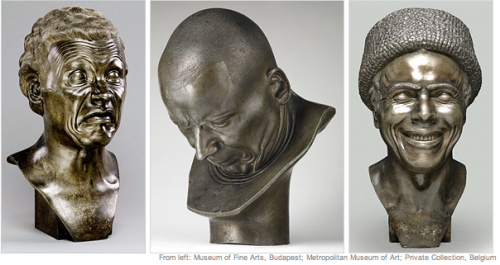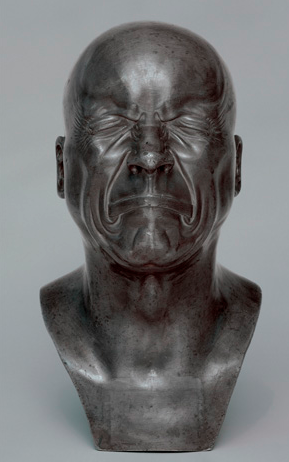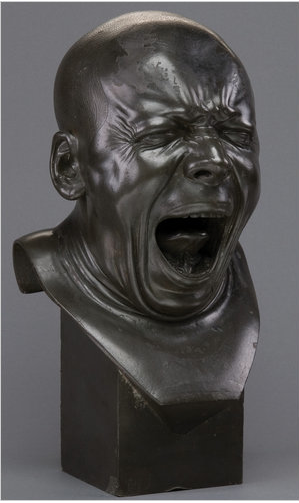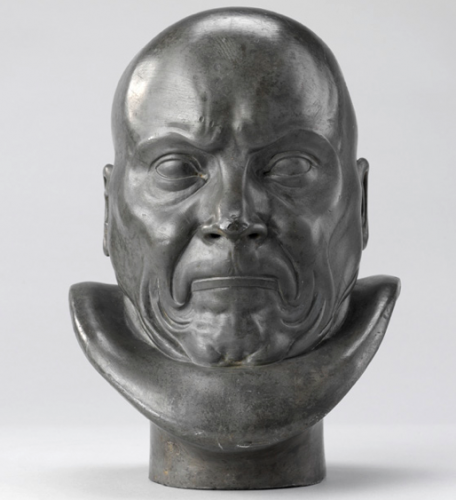
Recently we have looked at several of the art exhibitions at museums in NYC this fall – from the blockbuster show at the MoMA to ones at smaller museums like the Jewish Museum’s Houdini exhibit. One of the most fascinating exhibits, however, has got to be the Franz Xaver Messerschmidt exhibition at the Neue Galerie.

This show, organized by Guilhem Scherf, the chief curator of sculpture at the Musée du Louvre, is the first US exhibit about this late 18th century Bavarian-born Austrian sculptor and the first collaboration between the Neue Galerie and the Louvre. This quixotic show focuses on the artist’s “character heads” which, both astonishingly realistic and strange, are some of the most important sculptures of the 18th century, due to Messerschmidt’s honest portrayal of his subjects’ features.

Messerschmidt, born in the small German town of Wiesensteig, attended the Viennese Academy of Fine Arts. A talented sculptor, he received commissions from both the Imperial Court and private clients. His work during this period was typical of the decorative Baroque style of the era. He then traveled to Rome, where he adopted a more refined neoclassicism. When he returned to Vienna, his style took a new turn. Unlike his peers, his work now concentrated on emphasizing a certain intuitive emotionality that was uniquely appealing. This brought him fame, success and awards. It was immediately following this time, however, that Messerschmidt’s friends and colleagues noticed a marked change in his behavior. What these changes can be attributed to is still a mystery. Some thought he had hallucinations or psychological problems. Others claim he had a digestive disorder such as Crohn’s disease. Unfortunately, his disturbing behavior lost him his position at the university and he was forced to leave Vienna. It was also around this time when Messerschmidt began to work on his “character heads”. To record the expressions, he would evidently pinch himself under his right lower rib while watching himself in the mirror, recording his grimaces, which became the templates for the “heads”. Messerschmidt became a man with a mission. From this time, until he died in 1783 at the age of 47, he produced more than 60 of these heads.

Here is an interesting video art piece, by Edward Rose and Nick Reynolds that is included in the installation of the show.
His work, which looks shockingly modern, has been compared to artists such as William Blake and Francisco Goya, who also explored the dark side of the human condition. As the museum materials state, “This exhibition will extend the mission of the Neue Galerie, showing the roots of Expressionism and provide for a more complete understanding of the works in the museum collection.” Holland Cotter, in his NY Times review of the exhibit, even compares Messerschmidt’s work to the distortion in the art of contemporary artists such as Bruce Nauman, Tony Oursler, Arnulf Rainer, Cindy Sherman, Ashley Bickerton and Keith Edmier, among many others. His quote from Marcel Proust at the beginning of the review is perhaps apt, “Anything great in this world has come from neurotics”.
“Franz Xaver Messerschmidt 1736-1783: From Neoclassicism to Expressionism” remains though Jan. 10 at the Neue Galerie New York, 1048 Fifth Avenue, at 86th Street; neuegalerie.org.





